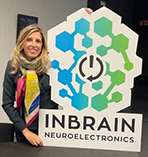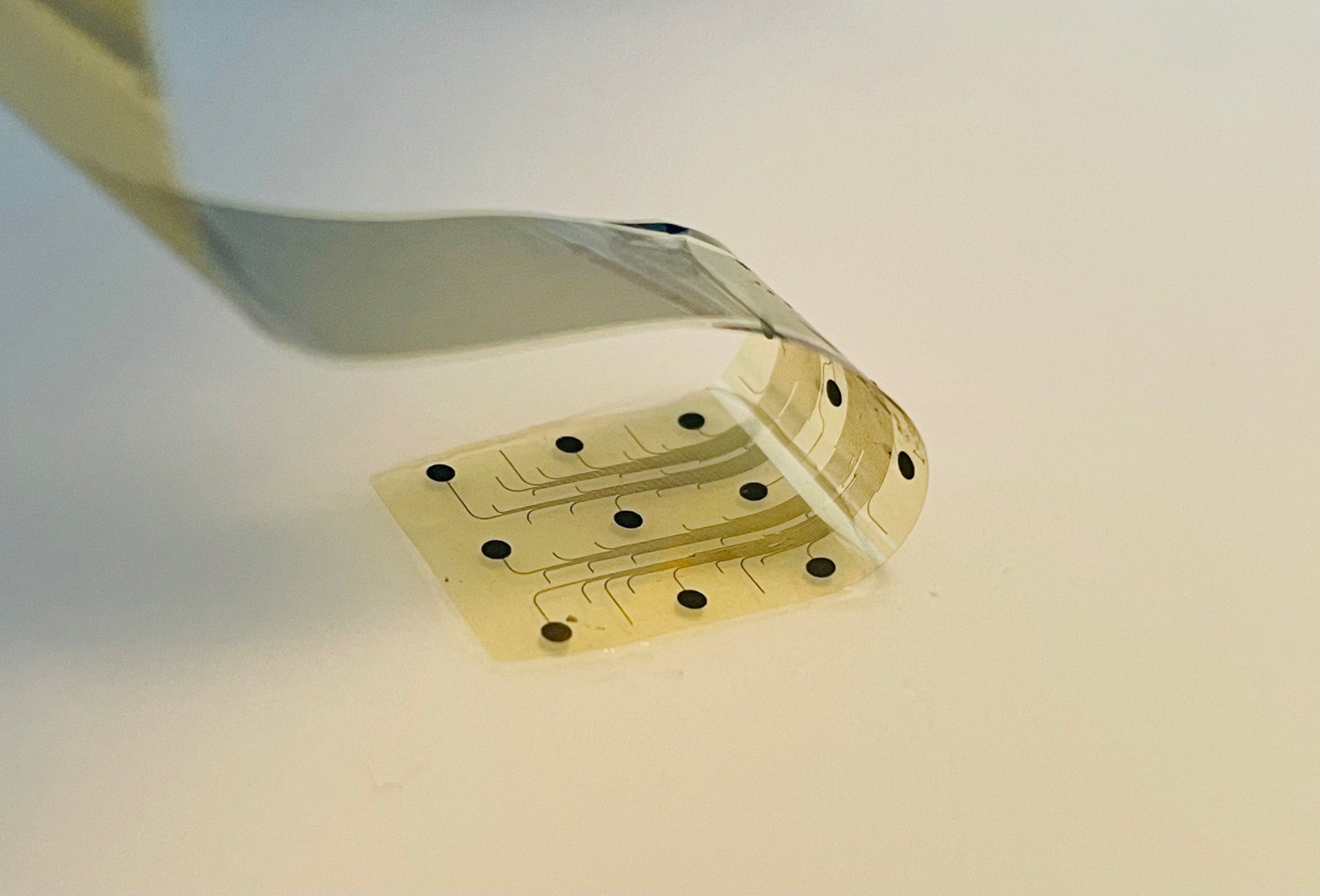
InBrain (Spain)
Business executive with corporate and startup experience. Unique blend between consumer goods & healthcare (medical devices) knowledge. More than 15 years of experience in European and Global positions in Medtronic managing complex environments from acquisitions to consolidated businesses with P&Ls up to $140M all with high single to double digit growth % YOY. Team maker with an in-depth business acumen. Specialized in deep tech , digital health technology and business design with value-based healthcare principles for healthcare sustainability
THE CHALLENGE
Just in Europe the cost of neural related disorders is about 800 billion euros per year with more than
35% of the population afflicted1. The cost of drugs is about 20% of this budget with some of their side
effects delivering additional cost. Today 25-35% of the affected population is refractory to medical
treatment, moreover, alternative current therapies such as brain stimulation are perceived as too
invasive, and their clinical benefit is not predictable enough. One major factor of this limited benefit is
because the stimulation therapy is delivered by implanted leads using large metal-based electrodes
with low resolution and with big implantable power-hungry systems, driving a 50% patient refusal
rate.
THE SOLUTION
Neurotechnologies and bioelectronic implants could be a more precise, patient specific and side-effect
free, alternative to classical pharmacotherapy. For that, these systems ideally need to provide relevant
biomarker information and to work in closed loop to perfectly adapt to each patient-specific disease
and environment. INBRAIN brings high density and high-resolution neuronal interfaces for the Neuro
and Bioelectronics field, by developing implants that record and stimulate different nervous system
targets depending on the indication, using signal processing to decode and provide a therapeutic
response in a personalized way to alleviate neurological-based disorders. We are developing a set of
graphene high-count, high-resolution brain interfaces (cortical, subcortical and peripheral) that,
powered by an intelligent system platform, have the capability of reading single neural cells at a
resolution never seen before, detecting therapy-specific biomarkers and triggering adaptive responses
for increased outcomes in personalized neurological therapies
 Figure 1: INBRAIN Graphene Brain Interface
Figure 1: INBRAIN Graphene Brain Interface